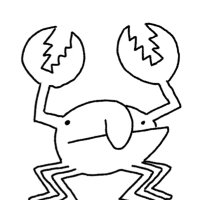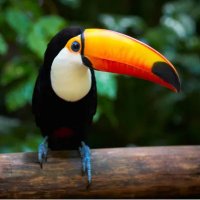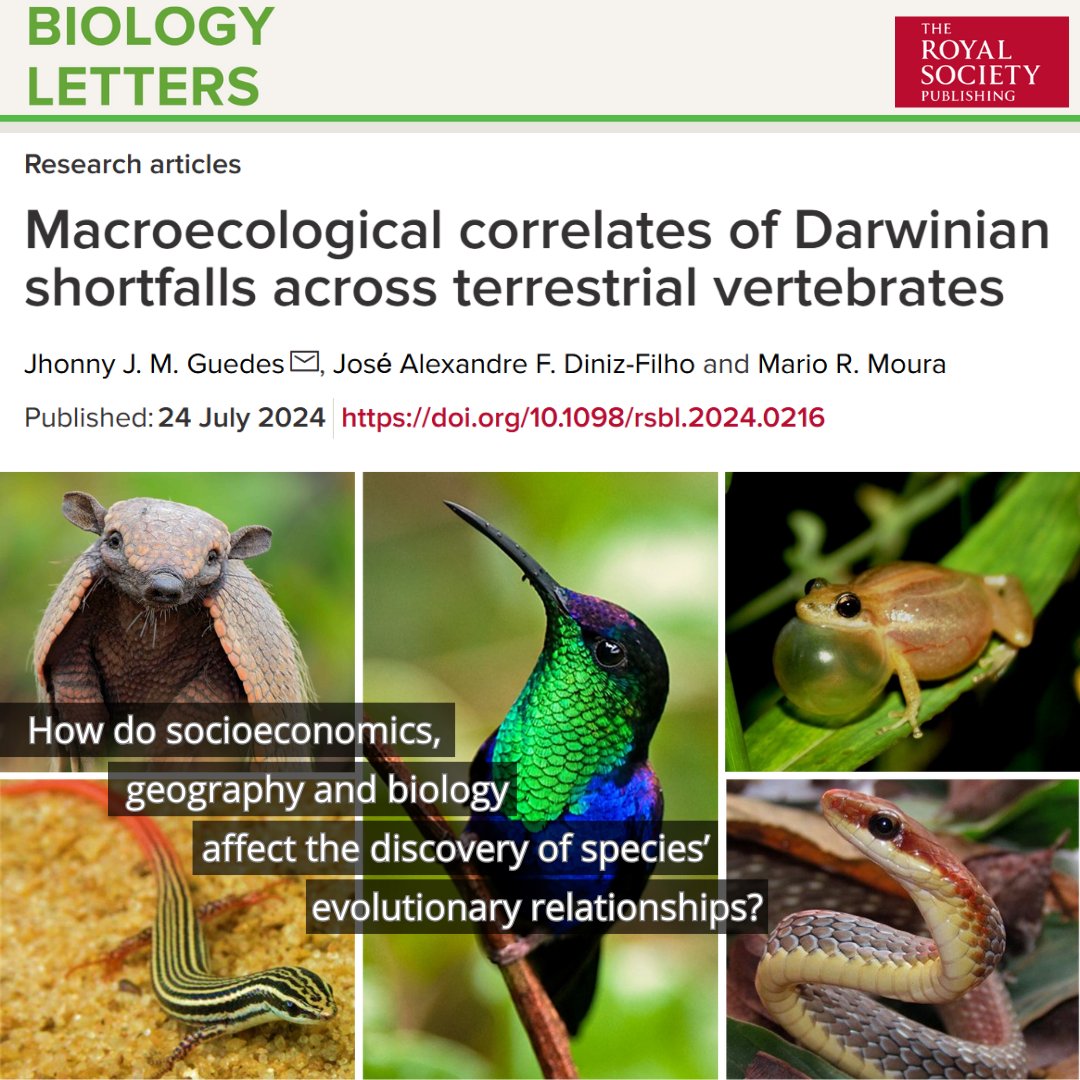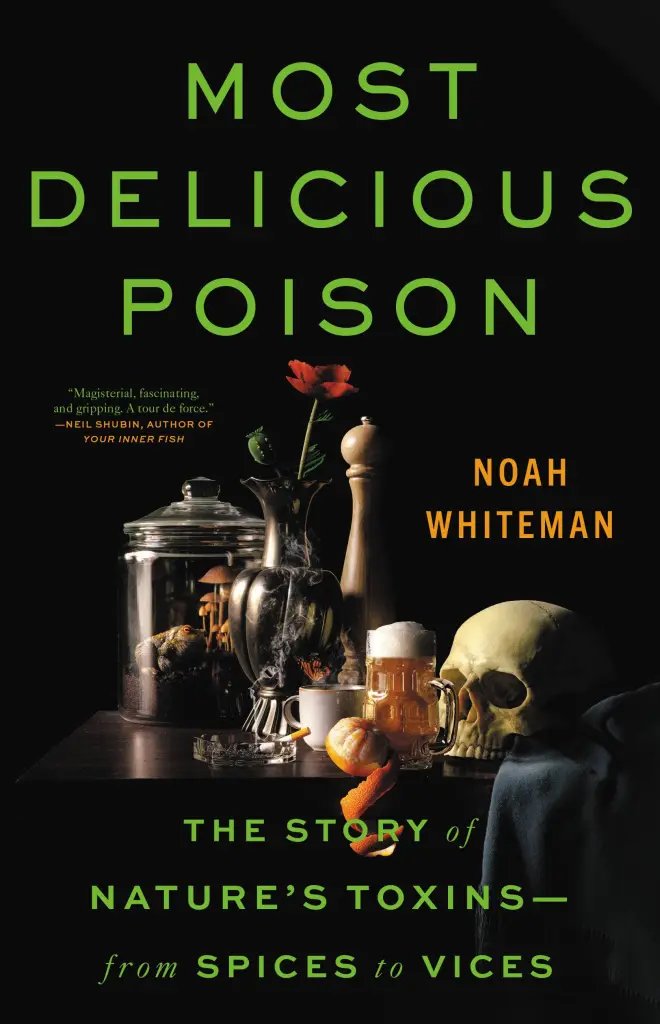
Julia N. Acquaviva (Coral)
@acquavivajulia
Ela/she 🇧🇷 Biologist #Ecology #Evolution
Msc student in Ecology at @unicampoficial interested in birds, plants, mutualisms and biodiversity conservation
ID: 1304498660416331777
https://github.com/julia-n-acq 11-09-2020 19:15:06
503 Tweet
270 Followers
799 Following


🦍 Dive into the playful world of great apes with Dr. Isabelle Laumer! Discover how young apes tease and laugh, just like human infants. Tune in now! talkingapes.org/posts/isabelle/ Photo ©GEllis/GLOBIO #GreatApes #AnimalBehavior #Podcast #TuneInNow








Just sharing a few quick insights from a recently published paper in BiologyLetters on the drivers behind the accumulation of phylogenetic knowledge across tetrapods 🐸🐍🐦🦥 Follow the thread 🧵(1/7). José Alexandre Felizola Diniz-Filho UFPB unicampoficial mariormoura.wordpress.com/2024/11/20/pap…



"Feather mites have been known to consume microbes from their host feathers, but here, for the first time, we demonstrate that they selectively consume feather-degrading microbes from feathers...." Amanda Matthews 🪽 Read the full paper here: buff.ly/3OmCOKN




A frugivorous bird's eye-view of Pleistocene landscapes: the way #birds disperse #seeds in fragmented anthropogenic landscapes is congruent with an ecological & evolutionary history with open vegetation created & maintained by megaherbivores Universidad de Cádiz besjournals.onlinelibrary.wiley.com/doi/10.1111/13…

such a nice paper on what drives sexual size dimorphism across a huge number of tetrapods Gopal Murali NatureEcoEvo doi.org/10.1038/s41559…













![Parmita Mishra (@prmshra) on Twitter photo "Our results reveal that whenever handwriting movements are included as a learning strategy, more of the brain gets stimulated, resulting in the formation of more complex neural network connectivity...typewriting do[es] not activate...networks the same way that handwriting does." "Our results reveal that whenever handwriting movements are included as a learning strategy, more of the brain gets stimulated, resulting in the formation of more complex neural network connectivity...typewriting do[es] not activate...networks the same way that handwriting does."](https://pbs.twimg.com/media/GdkK_TjboAQ-7dE.jpg)





